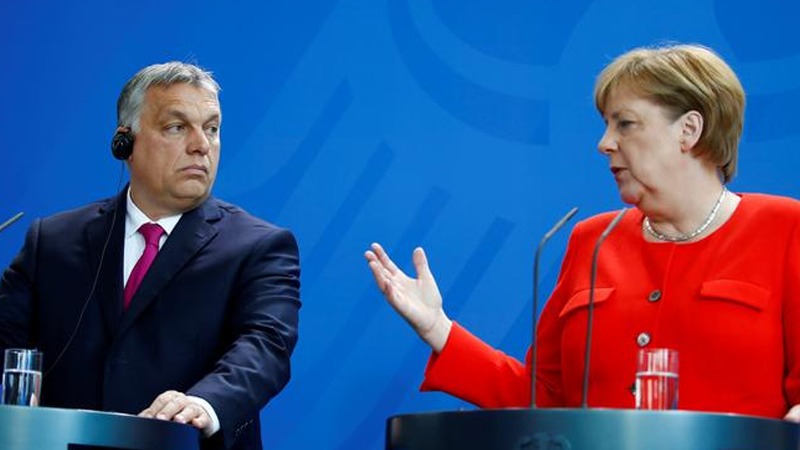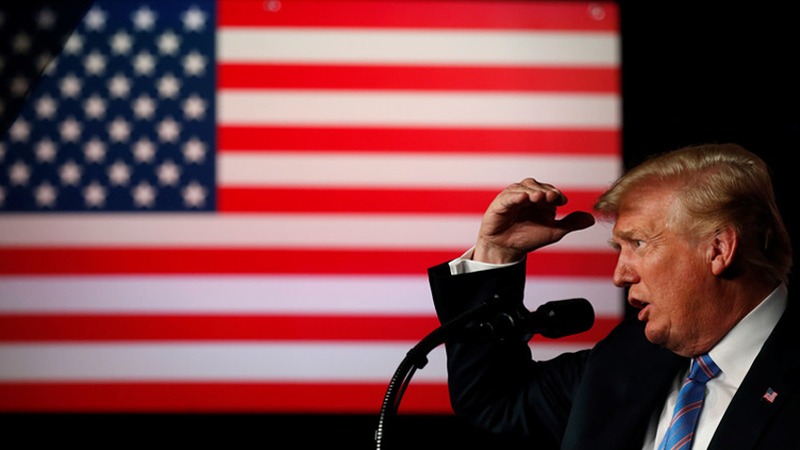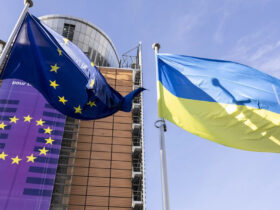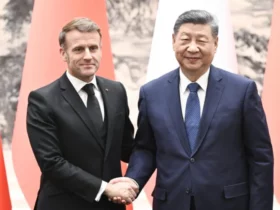In 2016, the US president Donald J. Trump announced that he wanted to Make America Great Again (MAGA), but he encountered a variety of reactions.
The phrase was first introduced during Ronald Reagan’s 1980 presidential campaign and was used again by Bill Clinton in 1992. However, “MAGA” was first used as an official slogan for an election campaign by president Trump.
The United States is not alone in longing for the idea of the good old days, a time when the country was apparently in better shape both economically and socially. President Erdogan wants to make Turkey great again. President Putin wants to make Russia great again too. More recently, however, Central European leaders want to make Central and Eastern Europe (CEE), especially Poland and Hungary, great again as well.
The CEE has not been a major powerhouse in European politics for nearly half a millennium. The Ottomans, the Habsburgs, the Second and Third Reich, and lastly, the USSR have respectively ruled over the region. However, unlike what CEE countries were expecting, the fall of communism did not become freedom and sovereignty for the region as the EU and other transnational forces began to dictate policy.
Merkelism vis-à-vis Orbanism
It cannot be overstated that Germany and its chancellor, Angela Merkel (in power since 2005) has been the primary leader of the EU, alongside France and other key Western European countries, as well as the architect of continental policy. However, things have begun to change in recent years as Europe, especially CEE countries, have been going through a major transformation as forces from the right and far-right populism are gaining ground and winning elections.
While Merkel and her allies lost the most recent regional elections in Germany and announced she wouldn’t run for office in 2021, Hungary’s Viktor Orban has been in power since 2010 and is becoming even more popular. It would be a fair assessment to conclude that as a result of this transformation, the leader of Europe is not Angela Merkel anymore; Viktor Orban is the face of the Europe today. This is exemplified by nativist economic (anti-globalist) and demographic (European) growth and a staunch position against the EU’s immigration and refugee policies.
Led by Poland and Hungary, the CEE countries are trying to regain their national sovereignty by taking matters into their own hands and defying globalist and EU policies. Poland, Hungary, and other so-called Visegrád Group countries that suffered a centuries-long Ottoman, Austrian, German and Russian/Soviet domination, are now wary of Western European encroachment, led by Germany. The CEE wants its sovereignty back for several reasons: they’re suffering from brain drain, unfair competition with its western counterparts and a trade deficit with the rest of the EU. Orban’s Europe is characterized by a rejection of globalization, multiculturalism and transnational actors. This is demonstrated by a rejection of refugees, nativist rhetoric, and Euroscepticism. Orbanism encompasses elements of anti-Semitism, Islamophobia, and white nationalism, aka, the identitarian movement. A robust Economy is key and like in the cases of Trump’s America, Erdogan’s Turkey and Putin’s Russia, unprecedented economic growth is a major factor in the spreading of what is now called Orbanism in Europe.
New Europe, old values
Orbanist Europe is defined by a different sets of values including anti-Europeanism (EU), anti-globalism, opposition to trans-national rules and regulations and a return to the Westphalian order where nation-state sovereignty was essential and an unchallenged reality. Angela Merkel and her allies’ losses in the recent regional elections were very significant. These losses represented the rejection of modern European values and the rise of traditional European values that Orban claims to represent.

Viktor Orban, in a speech last year, said: “Twenty-seven years ago, here in Central Europe, we believed that Europe was our future; today we feel that we are the future of Europe”. Opposition to contemporary European values is rising, yet, the EU’s financial incentives including 5.6 billion dollars that Hungary has received from the EU will help hold the union together. The financial support by Western European leaders has been nearly one trillion dollars – almost eight times the US Marshall plan – for the purpose of improving the economies of less developed EU members. However, this process of rapid transformation will change Europe forever in both the short and long-term. As a result, the so-called liberal democracies won’t come out on top while the alleged illiberal democracies will continue to grow and dominate European politics.
Orbanism stands for a non-immigrant, purely European and Christian utopia, which is based on the idea of white nationalism, also known as the identitarian movement, and opposes what it considers the modern, ghettoized, militarized, diversity-stricken, multicultural and globalized Western Europe and North America. Orbanism is not limited to the CEE region as France’s National Front, Italy’s Lega Nord, Austria’s Freedom Party and the UK’s Independence Party are all vying to lead the movement. Orbanism advocated an increase in the role of the army and of the Church in education and has waged a “cultural war” against liberalism.
According to a study by the European Policy Information Center, one in five Europeans voted for a populist party in 2016 and 2017 and the vote share for right-wing populist parties jumped from 10.6% in 1980 to 18.4% in 2017. It seems that with Merkel’s political career over, the liberal democracies will be replaced with illiberal democracies where Trump would be its global leader with Putin, Orban, Erdogan, The Netherland’s Geert Wilders and France’s Marine Le Pen as his disciples who will try to restore the glorious past. One stark difference between the contemporary and Orbanist Europe is that as Merkel was in the business of building bridges and welcoming refugees, Orban has built a multilayered wall on Hungary’s shared border with Serbia to stop immigrants.
What is happening in the CEE, especially in Poland and Hungary, cannot be explained only in the context of opposing contemporary European values, though. There is undoubtedly a geopolitical aspect to this transformation and evolution process, as well. Since the 16th century, Hungary never recovered from Austrian and Ottoman incursions and Poland has never recovered from Russian and Prussian domination. After the World War II, the CEE came under the USSR control for about four decades and is now suffering EU hegemony. Orbanism is on a quest for greatness and sovereignty and wants to make the CEE great again.

















Leave a Reply